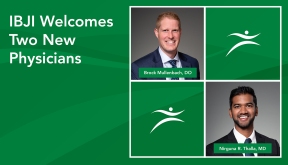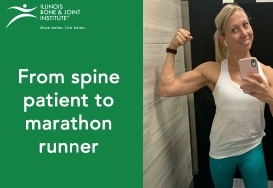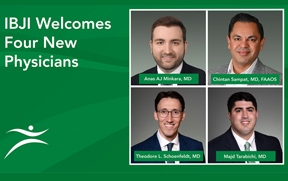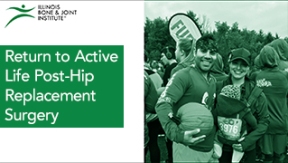If you live with sciatic nerve pain, you're probably curious about the best sciatica treatment options. Physical therapy can make a measurable difference for many patients with sciatica.
Keep reading to learn about the types of physical therapy treatments that can improve your sciatica symptoms and how to find a physical therapist near you.
What Is Sciatica?
When the muscles in the hip place pressure on the sciatic nerve, it can cause excruciating pain called sciatica. The sciatic nerve is a major nerve that travels the entire length of the body, following the lumbar region of the back and down the leg to the foot.
Typically, this nerve does not trouble people, but it is vulnerable to pressure due to its path through the hip. In many cases, when prescribed by an orthopedic physician, physical therapy for sciatica treatment can provide effective and long-lasting pain relief.
Type of Physical Therapy for Sciatica
There are various physical therapy options available to pain management doctors to treat sciatica. The treatments usually fall into two categories, active therapy, and passive treatments.
Active treatments may include aerobics exercise, strength training, and stretching. The more passive treatment options can include massage, transcutaneous electrical nerve stimulation, and ultrasound. All of these have the potential for temporary—and in some cases, permanent—sciatica relief.
Get Active!
The three main types of physical therapy that involve movement and activity for sciatica treatment include:
Aerobics
As mentioned in our arthritis pain relief through exercise article, aerobic exercise, including long walks or swimming laps, releases natural pain-relieving endorphins into your body.
Strength Training
To decrease the chances of injury and create proper back alignment, sciatica strength training usually focuses on the lumbar region in the back, the gluteal muscles, and the thigh muscles.
Stretching
Relaxing the muscles that have become resistant to movement and are causing the impingement of the sciatic nerve is a very common method of sciatica pain relief.
Take It Easy
In some cases, the physical therapist may suggest a less active sciatica treatment, including ultrasounds, massage, and transcutaneous electrical nerve stimulation.
Ultrasound
Sound waves produced by an ultrasound machine can decrease the time it takes to heal and relieve stiff and inflexible muscles by improving circulation and gently heating the muscles.
Massage
A deep and firm massage will help soothe those cramped muscles and make the nerves and ligaments both relax.
Transcutaneous Electrical Nerve Stimulation
In some cases, using a very small and controlled amount of electricity can decrease the intensity and number of muscle spasms. It can help release pain-blocking endorphins, much like aerobics.
Sciatica Treatment at IBJI
IBJI's orthopedic team includes some of Chicago's most highly-trained and experienced physical therapists, surgeons, and pain management physicians.
The entire team is very familiar with pain management for many conditions, including sciatica treatment. Their primary concern is relieving your sciatic pain and getting you "back" on your feet.
If you think you may be suffering from sciatica, Schedule online today with one of our physical therapists or orthopedic spine doctors and get the pain relief you are looking for.
*This content is for information only and is not intended to replace the diagnosis, treatment, or medical advice from your treating healthcare professionals. The content does not provide medical advice, does not constitute the practice of medicine or other healthcare professional services, and does not create a doctor-patient relationship. You should not rely on this information as a substitute, nor does it replace professional medical advice, diagnosis, or treatment. If you have concerns or questions, seek the advice of your healthcare professionals. If you think you may have a medical emergency, call your doctor or 911 immediately. Do not rely on electronic communications or communicate through this website for immediate, urgent medical needs. This website is not designed to facilitate medical emergencies. The use of the information is at the reader’s own risk. The links are provided for information and convenience only. We cannot accept responsibility for the sites linked or the information found here. A link does not imply an endorsement of a site.





